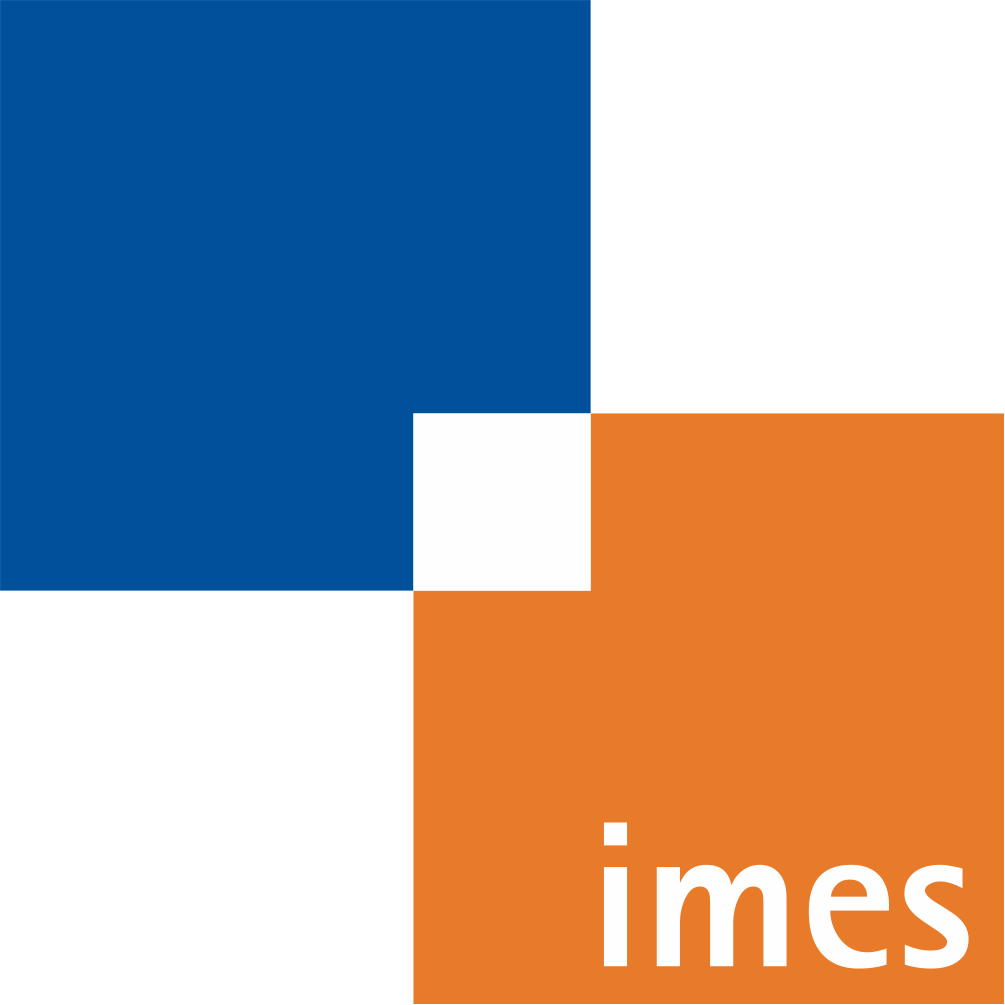Mechanical characterization of bone anchors used with a bone-attached, parallel robot for skull surgery
- verfasst von
- Jan Philipp Kobler, Lenka Prielozny, G. Jakob Lexow, Thomas S. Rau, Omid Majdani, Tobias Ortmaier
- Abstract
Bone-attached robots and microstereotactic frames, intended for deep brain stimulation and minimally invasive cochlear implantation, typically attach to a patient's skull via bone anchors. A rigid and reliable link between such devices and the skull is mandatory in order to fulfill the high accuracy demands of minimally invasive procedures while maintaining patient safety. In this paper, a method is presented to experimentally characterize the mechanical properties of the anchor-bone linkage. A custom-built universal testing machine is used to measure the pullout strength as well as the spring constants of bone anchors seated in four different bone substitutes as well as in human cranial bone. Furthermore, the angles at which forces act on the bone anchors are varied to simulate realistic conditions. Based on the experimental results, a substitute material that has mechanical properties similar to those of cranial bone is identified. The results further reveal that the pullout strength of the investigated anchor design is sufficient with respect to the proposed application. However, both the measured load capacity as well as the spring constants vary depending on the load angles. Based on these findings, an alternative bone anchor design is presented and experimentally validated. Furthermore, the results serve as a basis for stiffness simulation and optimization of bone-attached microstereotactic frames.
- Organisationseinheit(en)
-
Institut für Mechatronische Systeme
- Externe Organisation(en)
-
Medizinische Hochschule Hannover (MHH)
- Typ
- Artikel
- Journal
- Medical Engineering and Physics
- Band
- 37
- Seiten
- 460-468
- Anzahl der Seiten
- 9
- ISSN
- 1350-4533
- Publikationsdatum
- 01.05.2015
- Publikationsstatus
- Veröffentlicht
- Peer-reviewed
- Ja
- ASJC Scopus Sachgebiete
- Biophysik, Biomedizintechnik
- Elektronische Version(en)
-
https://doi.org/10.1016/j.medengphy.2015.02.012 (Zugang:
Geschlossen)
